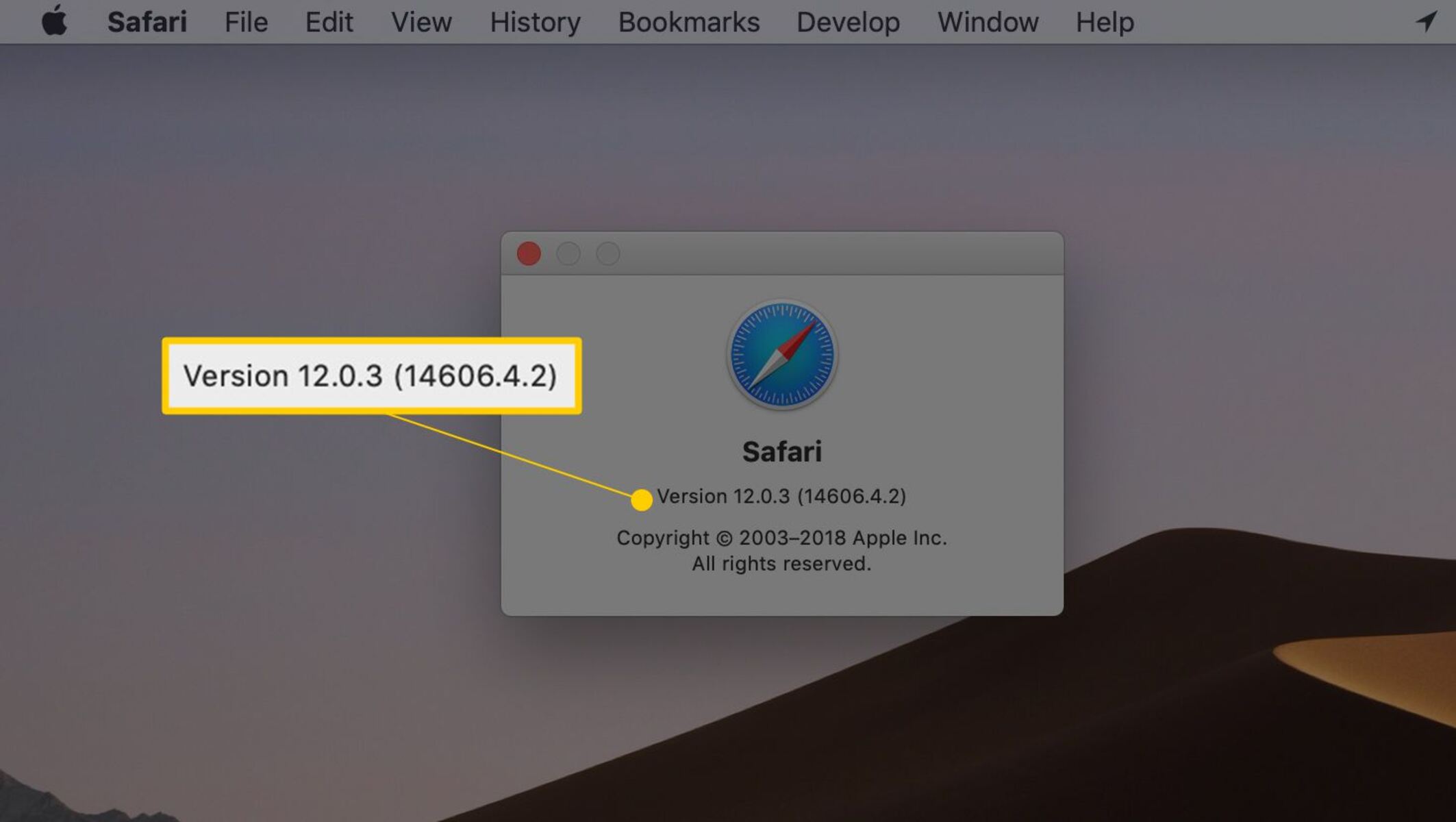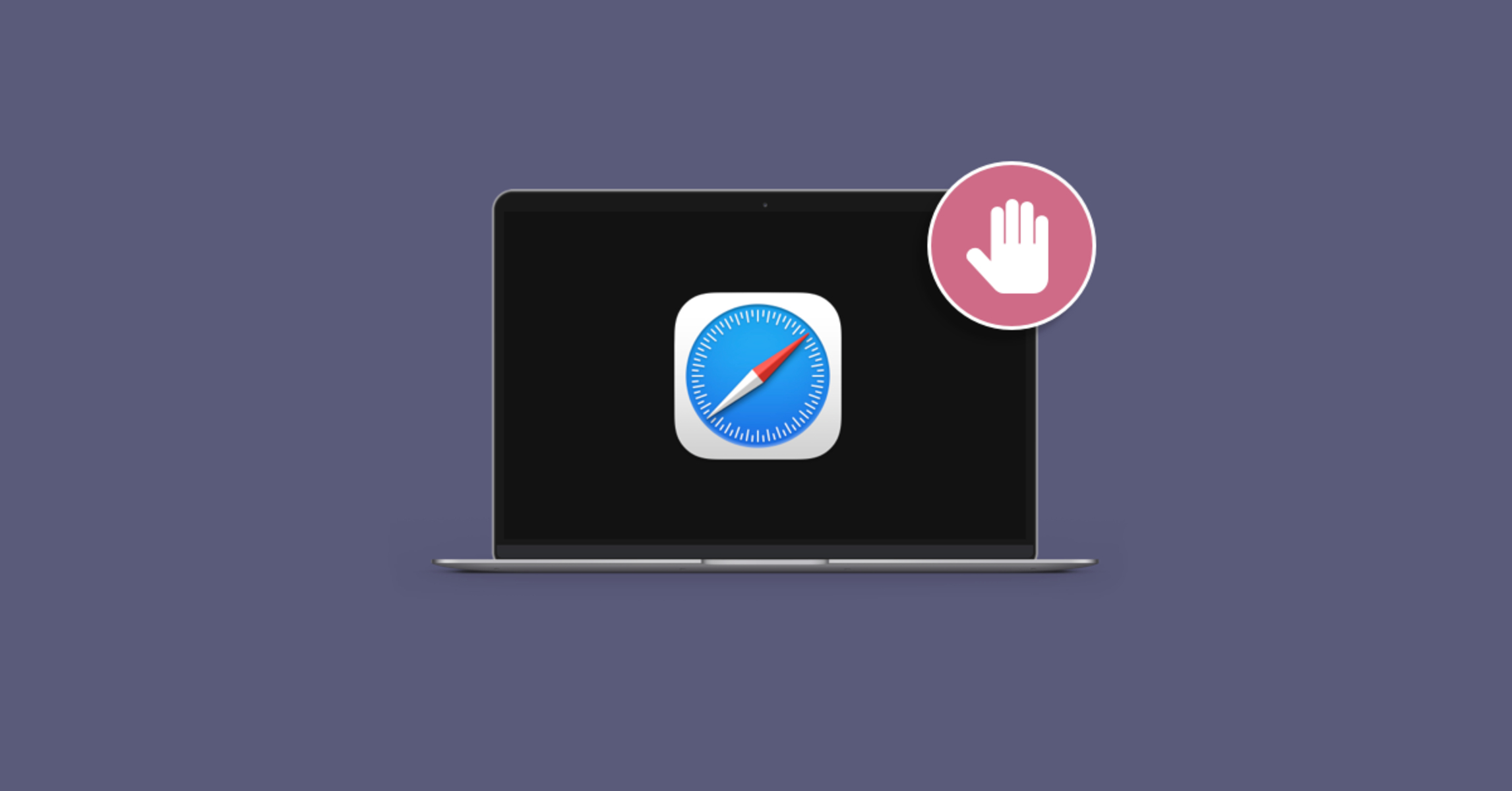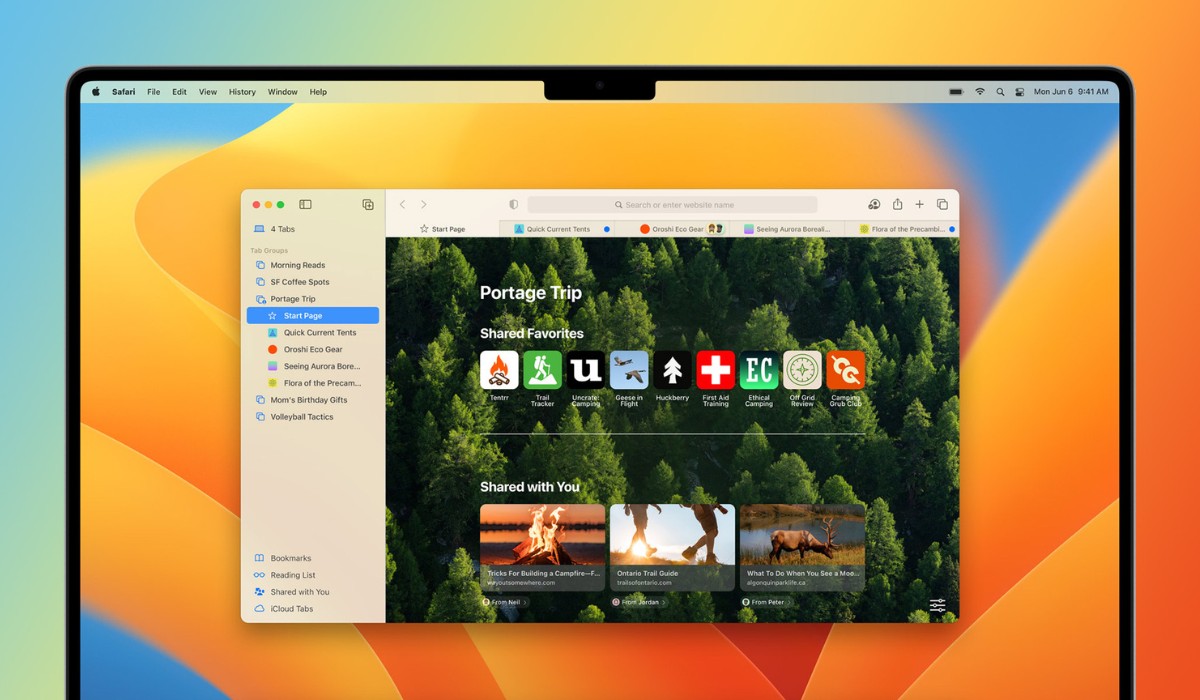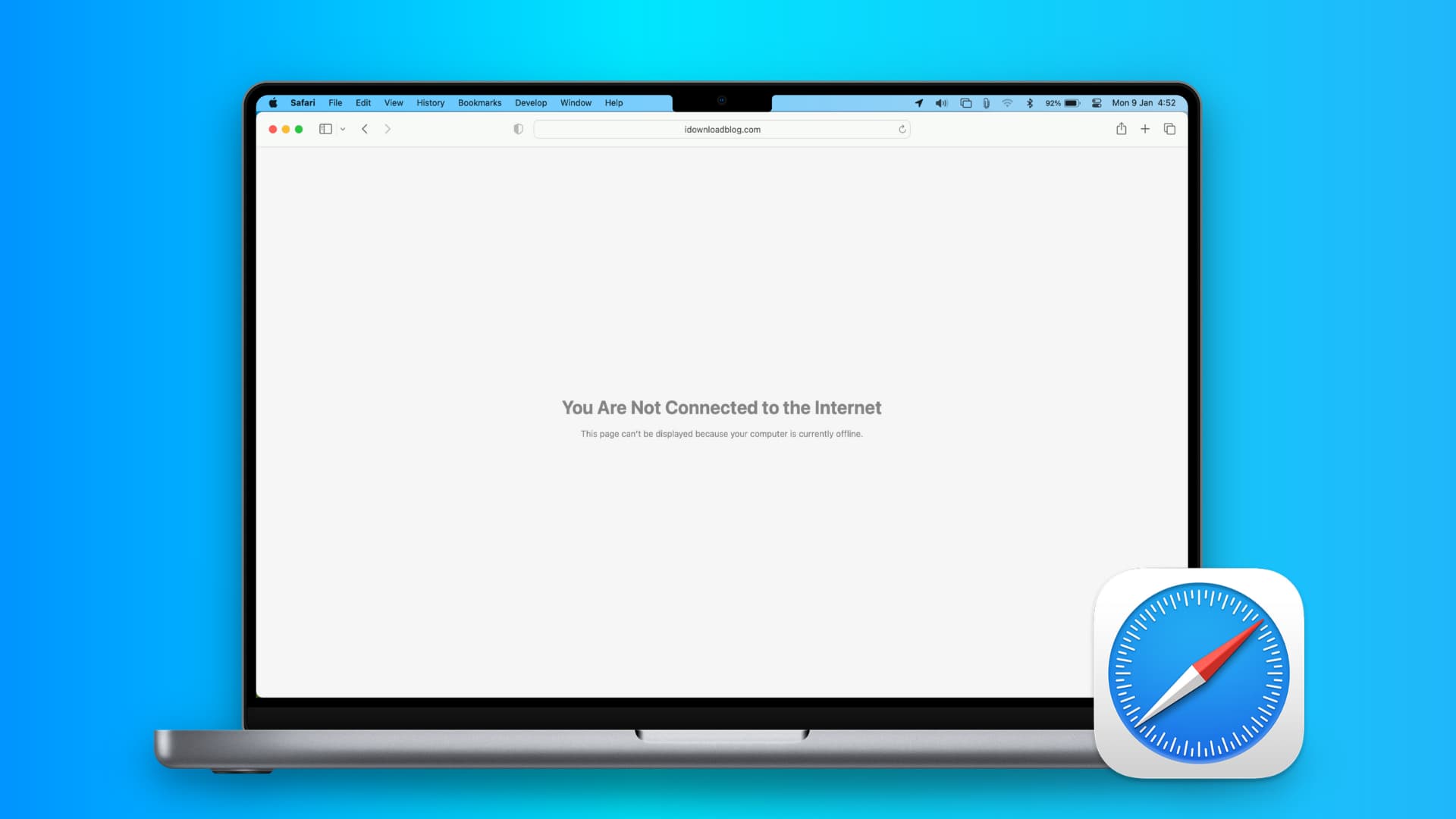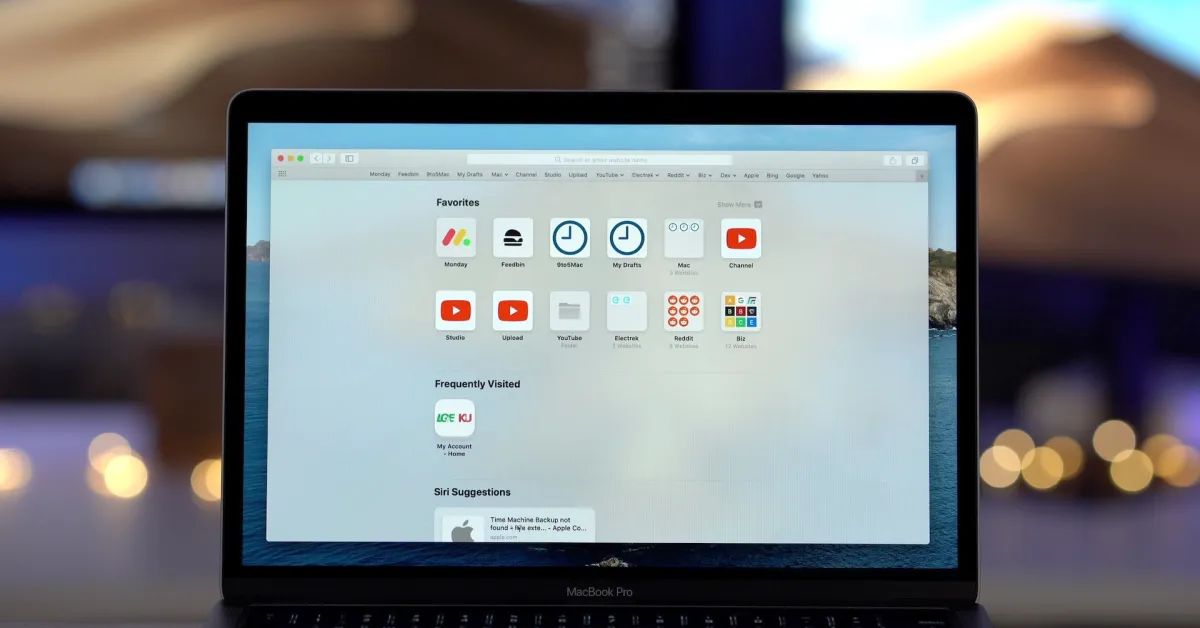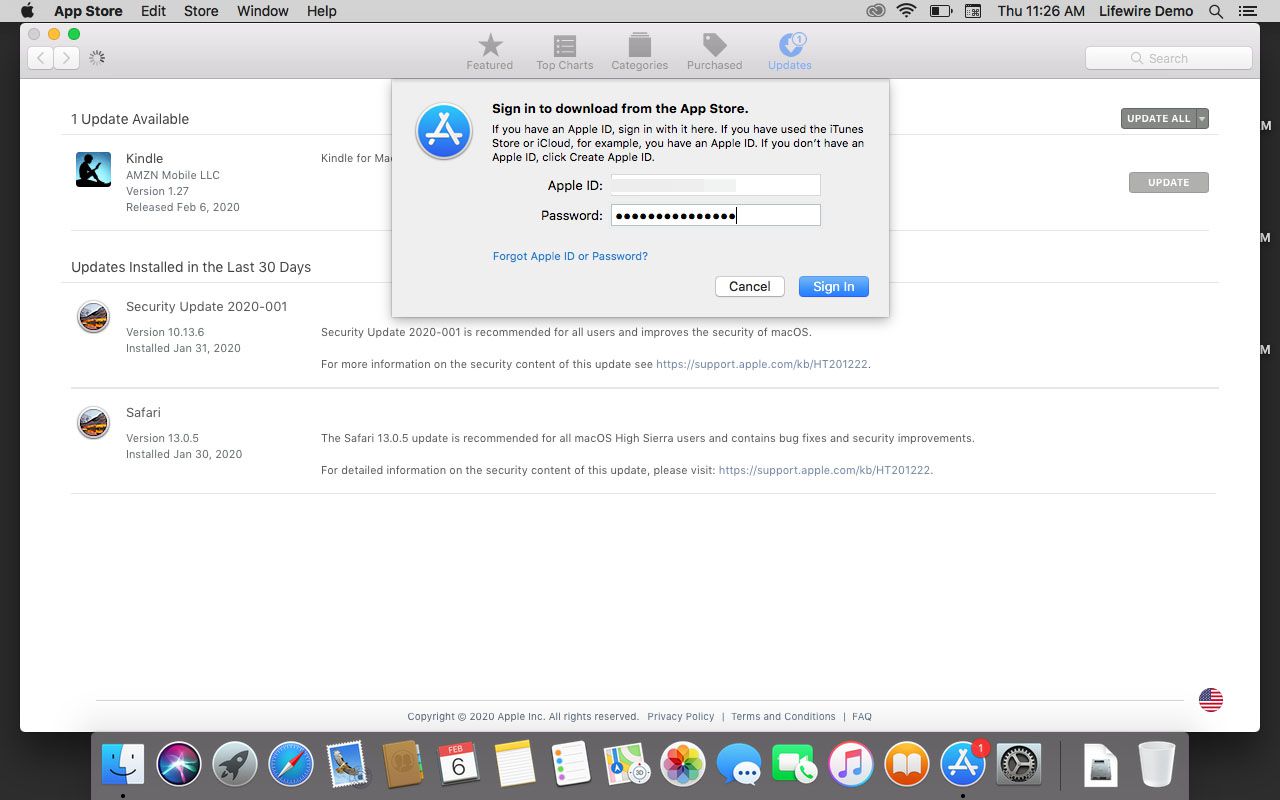Introduction
Are you a Mac user wondering how to update your Safari browser? Keeping your browser up to date is essential for optimal performance, security, and compatibility with the latest web technologies. In this article, we will guide you through the process of updating Safari on your Mac, ensuring that you stay up to date with the latest features and improvements.
Safari is the default web browser for Mac devices and is known for its speed, user-friendly interface, and seamless integration with macOS. Apple regularly releases updates for Safari, addressing bugs, adding new features, and enhancing the overall browsing experience. By updating your Safari browser, you can enjoy improved speed, security enhancements, and access to new functionalities that enhance your web browsing experience.
Whether you’re a seasoned Mac user or new to the world of Safari, this guide will walk you through the steps to update your Safari browser. We will cover a range of methods, including manual updates and automatic updates, ensuring that you can choose the one that best suits your preferences and needs.
So, let’s dive in and learn how to update your Safari browser on your Mac, keeping it at the forefront of browsing technology.
Checking the Current Version of Safari
Before proceeding with the update process, it’s important to check the current version of Safari installed on your Mac. This will help you determine if an update is needed and provide you with the necessary information to ensure a successful update.
To check the current version of Safari, follow these simple steps:
- Open Safari on your Mac.
- Click on the “Safari” menu located in the top-left corner of your screen.
- A dropdown menu will appear. Click on “About Safari.”
A pop-up window will appear, displaying the current version of Safari installed on your Mac. It will also provide information about the WebKit version and the Safari Technology Preview version if applicable. Take note of the version number, as you will need it to compare with the latest available version.
Comparing your current version with the latest version of Safari will help you determine if an update is necessary. Apple regularly releases updates for Safari, so it’s important to ensure that you have the most up-to-date version installed.
Once you have checked the current version of Safari, you can proceed to the next step: navigating to the App Store to search for updates.
Navigating to the App Store
To update Safari on your Mac, you will need to navigate to the App Store, which is the central hub for all application updates on macOS. Follow these steps to access the App Store:
- Click on the Apple menu located in the top-left corner of your screen.
- A dropdown menu will appear. Click on “App Store” from the list of options.
The App Store will open, displaying a variety of apps, including Safari, that you can update or download. The App Store interface is user-friendly, making it easy to navigate and find the updates you need.
Once you’re in the App Store, you can proceed to search for Safari updates by using the search feature or accessing your Updates tab. Let’s explore both options:
Using the Search Feature:
- Click on the search bar located at the top-right corner of the App Store window.
- Type “Safari” into the search bar and press enter.
- The search results will display various apps, including Safari.
- If an update is available, you will see an “Update” button next to Safari. Click on the button to begin the update process.
Accessing the Updates Tab:
- Click on the “Updates” tab located at the top of the App Store window.
- A list of available updates for your installed apps will appear.
- If Safari has an update available, you will find it in the list.
- Click on the “Update” button next to Safari to start the update process.
Once you have located the Safari update, you can proceed to update Safari manually or explore the option for automatic updates, which we will cover in the following sections.
Searching for Safari Updates
After navigating to the App Store, you can search for Safari updates to ensure that you have the latest version installed on your Mac. Follow these steps to find and install updates for Safari:
- Using the search bar at the top-right corner of the App Store, type “Safari” and press enter.
- The search results will display various apps, including Safari. Look for the “Safari” app with the Apple logo.
- If an update is available for Safari, you will see an “Update” button next to it. Click on the button to start the update process.
- The App Store will download and install the latest version of Safari on your Mac. The progress will be indicated by a loading bar.
- Once the installation is complete, you will be able to open Safari and enjoy the updated version with its new features and improvements.
By searching for updates in the App Store, you can keep Safari up to date and benefit from the latest enhancements. It is recommended to periodically check for updates to ensure that your browser is always in optimal condition.
Alternatively, you can also enable automatic updates for Safari, which we will discuss in the next section.
Updating Safari Manually
If you prefer to have more control over the update process, you can choose to update Safari manually. This allows you to decide when and how to install the latest version. Follow the steps below to update Safari manually:
- Navigate to the App Store on your Mac by clicking on the Apple menu and selecting “App Store” from the dropdown menu.
- In the App Store, click on the “Updates” tab located at the top of the window.
- Scroll down the list of available updates and look for Safari.
- If a new version of Safari is available, you will see an “Update” button next to it. Click on the button to start the update.
- The App Store will begin downloading and installing the latest version of Safari. You may be prompted to enter your Apple ID and password during the process.
- Once the installation is complete, you can launch Safari and enjoy the updated version.
Updating Safari manually gives you the flexibility to control the update process and ensures that you have the latest version installed on your Mac. It’s a good option if you prefer to review updates before installing them.
However, if you prefer a more automated approach, you can choose to enable automatic updates for Safari, which we will discuss in the next section.
Automatic Updates for Safari
If you want to ensure that your Safari browser is always up to date without the need for manual intervention, you can enable automatic updates. This feature allows your Mac to automatically download and install the latest Safari updates as they become available. Follow these steps to enable automatic updates for Safari:
- Click on the Apple menu located in the top-left corner of your screen.
- From the dropdown menu, select “System Preferences.”
- In the System Preferences window, click on “Software Update.”
- Ensure that the checkbox next to “Automatically keep my Mac up to date” is selected.
- If it is not selected, click on the checkbox to enable automatic updates.
- Now, your Mac will automatically check for software updates, including Safari updates, and download and install them in the background.
Automatic updates for Safari provide a convenient way to keep your browser up to date without manual intervention. By enabling this feature, you can ensure that you have the latest version of Safari with the newest features and security enhancements.
However, it’s worth noting that automatic updates are dependent on the availability of internet connectivity and system compatibility. In some cases, updates may require user confirmation or a system restart before installation.
If you encounter any issues with automatic updates or prefer to update manually, you can refer to the previous section on updating Safari manually for step-by-step instructions.
Troubleshooting Safari Update Issues
While updating Safari is a straightforward process, you may encounter some issues along the way. If you experience difficulties during the update, here are some troubleshooting steps you can follow:
- Check your internet connection: Ensure that your Mac is connected to a stable internet connection. A weak or intermittent connection may hinder the download and installation of Safari updates.
- Restart your Mac: Sometimes, restarting your Mac can resolve temporary software glitches and allow the update process to proceed smoothly.
- Free up disk space: If your Mac has insufficient disk space, it may prevent the update from completing. Freeing up space by deleting unwanted files or moving them to an external storage device can help resolve this issue.
- Disable extensions and plugins: Some Safari extensions or plugins may interfere with the update process. Temporarily disable them and attempt the update again.
- Reset Safari: If Safari is still not updating, you can try resetting the browser. Go to Safari’s preferences, navigate to the “Privacy” tab, and click on “Manage Website Data.” From there, you can remove any stored website data that may be causing conflicts.
- Update macOS: In some cases, outdated macOS versions may prevent Safari from updating. Ensure that your Mac is running the latest version of macOS, and if an update is available, install it before attempting the Safari update again.
- Get professional help: If none of the above steps resolve the issue, it may be necessary to seek assistance from Apple Support or visit an Apple Store for further diagnosis and assistance.
By following these troubleshooting steps, you should be able to overcome common issues that may arise during the Safari update process. Remember to back up your important data before making any significant changes to your Mac.
Conclusion
Updating your Safari browser on your Mac is essential for optimal performance, security, and compatibility with the latest web technologies. We’ve covered various methods to update Safari, including manual updates and automatic updates.
By checking the current version of Safari and navigating to the App Store, you can easily search for available updates. Whether you choose to update Safari manually, enabling you to review and control the update process, or opt for automatic updates for a more hands-off approach, keeping Safari up to date ensures that you can enjoy the latest features and enhancements.
In the event of any issues during the update process, troubleshooting steps such as checking your internet connection, restarting your Mac, and freeing up disk space can help resolve common issues. If you continue to encounter problems, professional assistance from Apple Support or an Apple Store may be necessary.
Remember, updating Safari is not only about staying up to date with the latest features, but it also improves your browsing experience, enhances security, and ensures compatibility with the ever-evolving web. Take a proactive approach to keep your Safari browser in top shape and make the most out of your web browsing sessions on your Mac.
So, don’t delay! Take a few moments now to check for Safari updates and enjoy a faster, more secure, and feature-rich browsing experience on your Mac!









